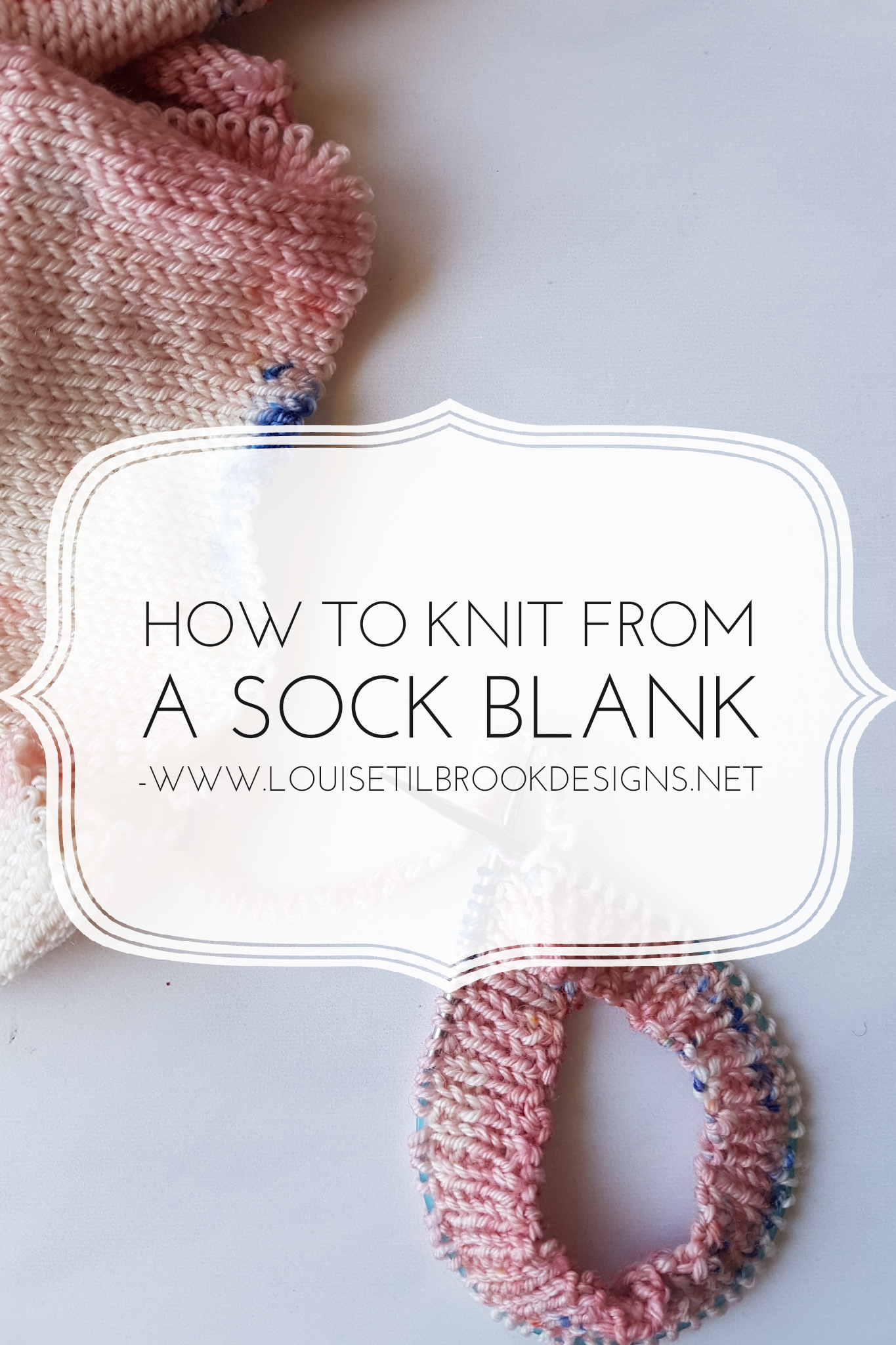In the face of the relentless encroachment of online shopping and the large commercial companies all using their considerable resources to vie for our attention, it’s easy to feel powerless in the face of it all. So much is made of the convenience of online shopping, the speed and the price that it's easy to just shrug your shoulders and go with the flow.
But even the snazziest of websites, with all their glossy photos and shiny banners can’t hope to compete with the sensory overload that is a yarn shop. As knitters and crafters we are tactile creatures. Never more at home than when using our senses to see, touch, smell and even listen to yarn. Don’t laugh - don't tell me you don’t love the pleasing crunch that a rustic tweedy yarn makes when you squish it between your fingers?
Such is the effect of a yarn shop that many knitters will simply stop on crossing over the threshold and take a moment just to look around and let their senses acclimatise to the dazzling array of colours and textures on offer.
Now tell me the last time that buying from a website made you feel like that. Did your heart skip a beat as you opened up the web page. Did you pause to appreciate the joy as you clicked the checkout button? I very much doubt it.
It’s important to note that I make an exception in this to online shopping with indie dyers such as Countess Ablaze and Eden Cottage Yarns. Both of these yarns I rarely get to meet in person so online shopping really is the next best thing to plonking myself down in their studios for a cup of tea and a yarn squish.
As well as the sense of community that a yarn shop can foster - the classes, the expertise and help available, the knitting groups and just the sheer joy of being around like minded people and it’s clear that buying yarn online is a very poor relation.
Now I know there are times when it just isn’t possible to buy yarn in an LYS. Not every town has one for a start or it may not stock what you need. Difficulties with transport, with access and choice can all play a part and leave you reaching for the mouse instead.
But when you do, as we all do from time to time please bear in mind that you have a choice over where you spend your hard earned money. Unlike with book buying online (where Amazon has pretty much annihilated the competition) the same isnt true - yet - of yarn shopping.
You could chose to click on one of those well known online yarn giants whose well placed Google Ads fall so conveniently at the top of the search screens. Or you could choose to scroll a little and shop online from one of the many UK LYSs who have fabulous websites and offer a great alterative online shopping experience.
After all, it may not be a yarn shop local to you but it is still local to someone else. And even if the small independent yarn shop is solely online (as opposed to being a bricks and mortar shop) your money will still go into the local economy where that small business is based.
Just as convenient - you can still shop for yarn at 10pm in your PJs. Just as easy - modern websites and payment systems means that even the smallest of LYS can invest in a slick purchasing system and in a few clicks that yarn can be on it’s way to you.
The difference is that you will have the peace of mind that knowing you have supported a real person, a real small (often family run) business. A real LYS that doesn't have the advertising budget to compete with the “big box” stores but which still very much has a valuable service to offer.
So, as it was Yarn Shop Day on May 12th, wouldn’t it be nice if we didn’t need a special day to remind us. What if every day was an LYS Day - where we make a conscious choice to support our LYSs - even if they are miles away from where we live.








